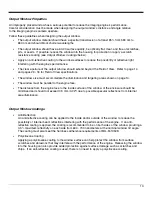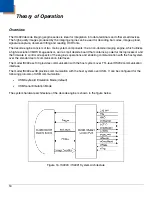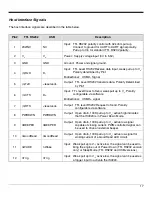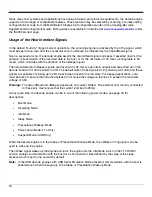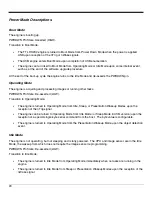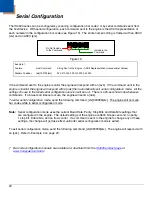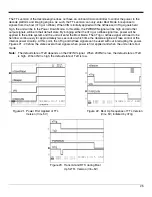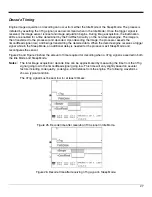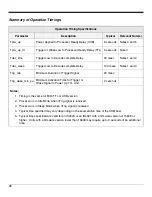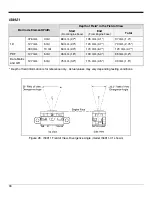
15
System Considerations
In order to ensure proper operation of the decode engine’s electrical system; care must be taken to ensure the
following requirements are met.
Power Supply*
The decode engine is powered from the host device via the VIN and GND pins of the ZIF connector on the
decode board. This voltage must be maintained within the specified voltage range at the decode board
(see electrical specifications on page 34). Voltage drops in the host flex cable must be taken into account.
The power must be clean and heavily decoupled in order to provide a stable power source.
Note:
The power supply must be able to handle dynamic current loads because the input current will increase
considerably when the illumination LEDs are enabled.
Host Flex Cable
The host flex cable is used to carry power and data signals between the decode engine and the host system.
The flex cable should allow for minimal voltage drop and maintain a good ground connection between the host
and the decode engine. In terms of grounding and voltage drop, a shorter cable is better.
In addition to power, the flex cable will also carry the digital signals required for communication. The cable
design is especially important in the case of USB due to the relative high speed of the USB signals.
The impedance of the cable should match, or be as close as possible to, the impedance of the USB driver
(approximately 45 ohms per trace).
The routing of the host flex cable also plays a critical role in the system design. The cable should be routed
away from high frequency devices since these frequencies can couple onto the flex cable and cause potential
data corruption or unwanted electromagnetic inference, EMI.
Power Sequencing*
The decode engine is powered from the VIN power signal on the ZIF connector on the decode board. Most of
the host signals (signals present on the ZIF connector) are relative to this voltage. Not all of these signals are
overvoltage tolerant thus; care must be taken to ensure that the relationship between the VIN and the host
signals are always met (see electrical specifications on page 34).
Thermal Considerations
The decode engine is qualified over the specified operational temperatures (0°C to 40°C) for all operating
modes. Make sure ambient temperatures do not exceed this range in order to guarantee operation. Operating
the decode engine in continuous mode for an extended period may produce considerable heating. This mode
should be limited and sufficient airflow should be provided whenever possible to minimize internal heating.
Excessive heating may degrade images and potentially damage the engine.
*
See page 38 for additional information on electrical specifications.
See pages 38 and 42 for additional information on the engine pinouts and flex cable pinouts.
Содержание IS4920
Страница 1: ...IS4920 IS4921 Area Imaging Decode Engine Integration Guide ...
Страница 6: ......
Страница 8: ...2 Models and Accessories Figure 1 Part Number Designations ...
Страница 15: ...9 Figure 10 IS4910 02 IS4911 02 Dimensions ...
Страница 43: ...37 Figure 31 Power Up Boot Up Current Waveform ...
Страница 50: ...44 Dimensions Figure 38 Flex Cable Dimensions P N 77 77104 See installation warning on page 45 ...
Страница 61: ...Honeywell Scanning and Mobility 90 Coles Road Blackwood NJ 08012 4683 00 05325 Rev F March 2009 ...













